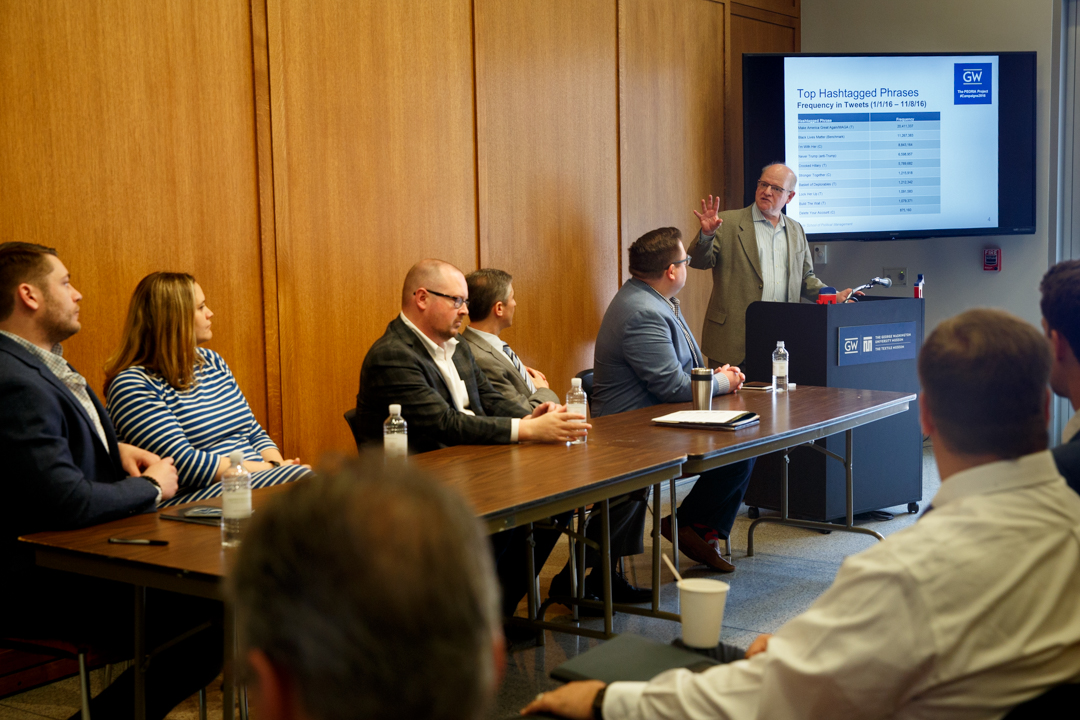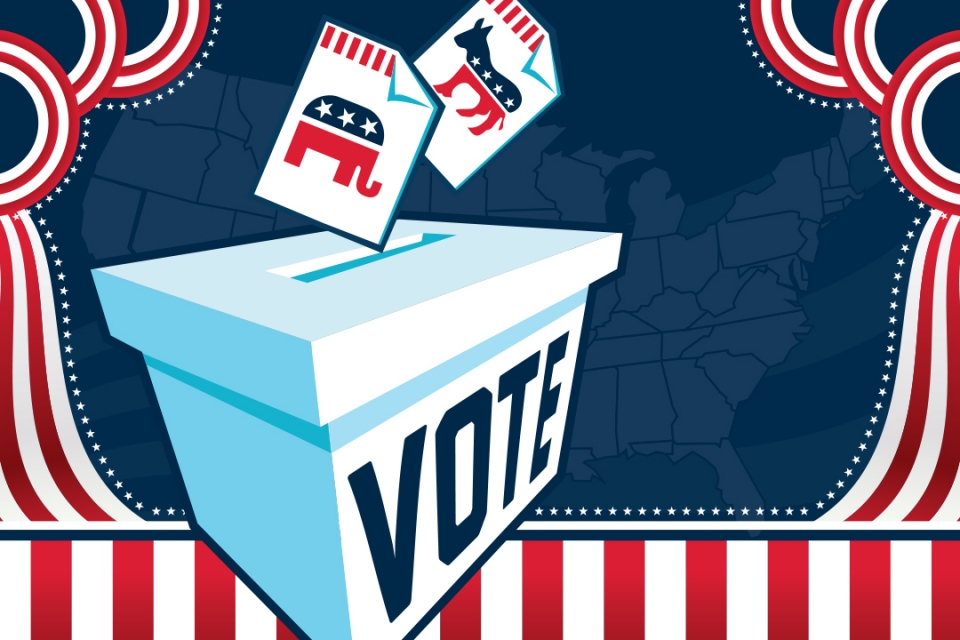By Willona M. Sloan
The 2016 presidential election in the United States proved that campaigns have to include Twitter in their communications strategies, panelists at a George Washington University forum on Wednesday agreed.
Gary Coby, who was the director of advertising for the Republican National Committee and the director of digital advertising and fundraising for Donald J. Trump for President, said one reason Twitter was so important was that “a lot of media lives there” and Twitter users could follow the discussions as they developed.
“It makes sense when you have Trump bring the conversation there because he’s breaking news there,” Mr. Coby said.
Keegan Goudiss, a partner at Revolution Messaging, who served as the director of digital advertising for the Bernie Sanders 2016 campaign for president, said that candidates ignoring Twitter do so at their own risk. As an example, he pointed to the explosion of Twitter conversations during the presidential debates.
“Anybody who is not focusing on Twitter during the debates is making a huge mistake,” Mr. Goudiss said. “That is where people are forming their opinions. That’s where your base and people who might be persuadable are, and journalists are picking up on key moments.”
Mr. Coby and Mr. Goudiss were among the panelists featured at the Graduate School of Political Management (GSPM) event, “Twitter as a Venue for Politics,” at the George Washington University Museum and The Textile Museum. The event included the panel “The Last War. How Was Twitter Used during the 2016 Presidential Campaign?” which was moderated by Michael Cohen, assistant professor and chief data scientist of the GSPM’s PEORIA Project.
Michael Cornfield of the GSPM PEORIA Project kicked off the discussion by outlining how the PEORIA Project tracks and analyzes social media data collected during the 2016 election cycle. Social listening is as important as polling and focus groups as a campaign research tool, according to Dr. Cornfield.
By analyzing hashtagged phrases, keywords and echoes (people retweeting or repeating topics and phrases), researchers gain a better understanding of what people are discussing, thinking and feeling about political issues, he said.
Ginny Badanes, Microsoft liaison to the Republican National Committee, said that Twitter’s simplified, streamlined platform played such a huge role in the election because it allowed users to communicate at a much quicker pace than other platforms and was the perfect platform for creating shareable sound bites.
“Twitter is the new spin room,” said Ms. Badanes, noting that before the debate coverage was published the next day candidates had already provided their own spin on Twitter.
Reporters use Twitter to pick up on those sound bites, connect with each other and communicate with influencers.
“I think the most immediately important people on Twitter right now are the media and reporters,” said Matthias Reynolds of Zignal Labs, who worked with the Mitt Romney presidential campaign.
Panelists stressed that Twitter’s importance grew because of the access it provided to candidates, who more than in years past, used social media to speak with voters directly. Gauging politicians’ authenticity through their messages made a huge difference in public opinion.
“People have been heavily saturated with the very fine-tuned messages, the ones where obviously a bunch of people sat around the table and emailed each other and put it together,” Mr. Coby said. “I think users and voters are very aware of that and less receptive to it.”



